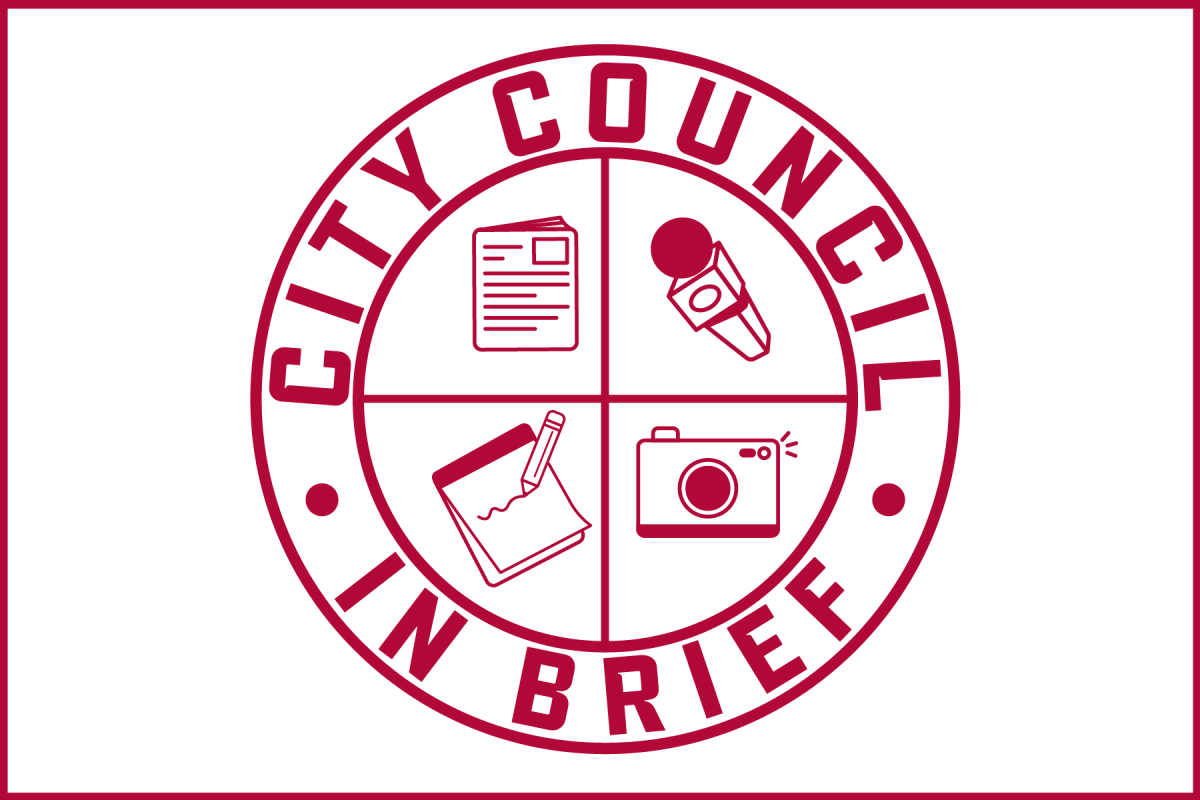Sequestration led to a series of federal cuts to defense and social programs mandated by President Barack Obama and Congress because of a failed attempt to reach a compromise on the nation’s debt issues. The budget cuts are automatic and do not allow for agencies, Congress or even the president to pick and choose where to take the money from.
Due to the automatic nature of the cuts, schools like The University of Alabama, a public-funded research university, will feel the effects of the sequester.
Patrick Callan, the president of the Higher Education Policy Institute, said unless a deal is worked out, research universities would feel the impact within months.
“Unless Congress and the president work something out soon, the major impact which would be felt in the medium term would be on research, which is where the cuts from the federal agencies would come from,” Callan said. “For research universities, it would interrupt research which is funded through grants. It will be felt most acutely in the short term.”
Callan said the sequester’s effects would be tough on schools like the Capstone, where quite a bit of research funding would be cut due to the lack of funds.
“It is going to be hugely disruptive for research universities,” Callan said. “In some cases, they will completely lose money which is invested in research, and, in other cases, they will not be able to meet promised research goals due to the lack of funds. Everyone who has commented has said it is a pretty mindless way to do cutting.”
Joe Benson, interim provost, said the Capstone has already felt the effects of the sequester due to decreased funding from federal agencies.
“The sequestration has had some effect on contracts and grants,” Benson said. “Most of the agencies have slowed down on their awards, some are reducing awards either permanently or contingent upon the availability of funds, and some have cancelled specific competitions.”
UA students will also be affected by across-the-board budget cuts enacted by sequestration.
“Most of the financial aid is protected except for the campus work study and campus programs, such as the Federal Supplemental Educational Opportunity Grant,” Callan said. “These cuts will go into effect by summer at the earliest, and so students will really begin to feel the effects of the sequester beginning in the fall semester.”
Jonathan Koh, a research associate at the Education Policy Center at the University, explained cuts to the Federal Work-Study and Federal Supplemental Educational Opportunity Grant programs.
“The main focus will be on the reduction of FSEOG and FWS program cuts in 2013-2014 in the 10-20 percent range,” Koh said.
Koh also said the sequester will raise loan fees paid by borrowers in the Federal Direct Loan Programs.
“The Federal Direct Subsidized and Unsubsidized Loans will be changed, but not to any severe extent,” Koh said. “They will be increasing the rate from 1 to 1.05 percent, so nothing terribly drastic there.”
Callan expressed deep concern regarding the cuts which will impact students.
“We already have a substantial affordability crisis, and this will exacerbate that for people who are struggling to pay for school,” Callan said. “Some students may be forced not to come back, to go part-time, go to cheaper schools or even to borrow more money to be able to attend.”
Koh also explained not everything was bad and that information had been received detailing how Pell Grants would not be cut by the sequester.
“One bit of good news is that the sequester will not be cutting Pell Grants for the next two years,” Koh said. “Beyond that, we don’t know, but for the next two years they are safe, and that is good news for those who are seeking access to those funds.”
Benson seemed optimistic the budget cuts will only be a short-term issue facing the Capstone.
“We anticipate this situation will remain in effect until at least the short-term budget situation is resolved,” Benson said.








